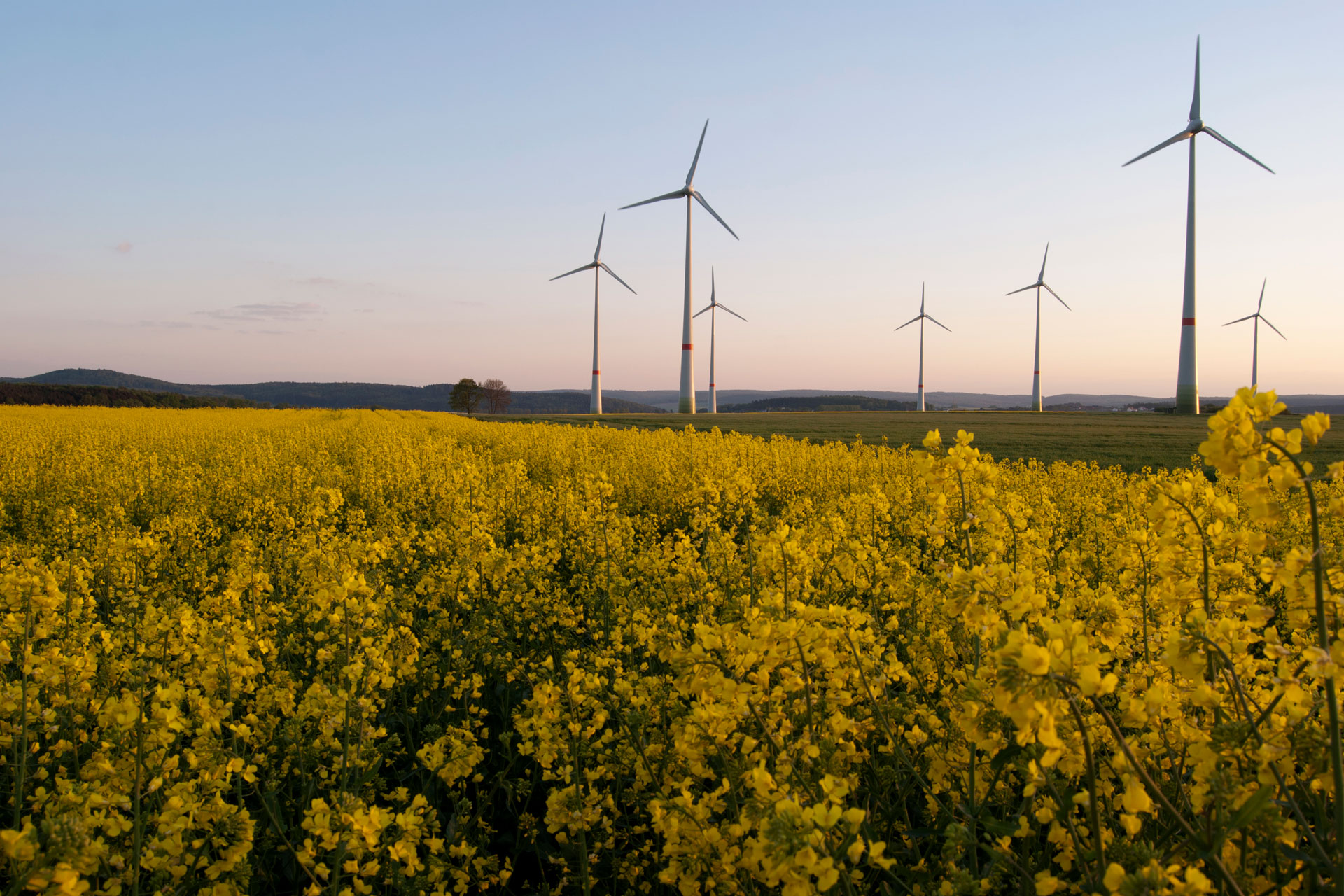Sustainability Terms Explained: Carbon Neutral
By
4 years ago
What does it actually mean to be net zero?

With so many concepts and models to get our heads around, the world of sustainability can be confusing. What does a circular economy look like? How can we be sure a food is organic? Having a clear understanding of these areas will stop us falling victim to greenwashing too – brands making false or exaggerated statements about their eco-friendly credits. So, as part of our new Sustainable Tuesdays initiative, we’ll be picking the key terms apart. First up: carbon neutral.
What Does Carbon Neutral Mean?
Across the world, companies and nations are pledging goals to become carbon neutral. Apple is aiming for 2030 and Amazon for 2040, while Google claims it has been carbon neutral since 2007. In 2019, the UK became the first major economy to formally back a pledge to cut carbon emissions to practically zero by 2050 – and other nations have since followed suit. But what does the term actually mean?
Carbon neutral – or net zero – is used to describe the state of an entity where carbon emissions have been balanced out by carbon savings elsewhere. This has a larger benefit when it comes from an industry or a national economy, though individuals can take steps towards becoming carbon neutral too.
Everything a person or business does that produces carbon dioxide makes up their carbon footprint, from transport used to how a home or place of work is powered. Carbon dioxide makes up around two thirds of greenhouse gas emissions, which collectively contribute to global warming and other issues associated with climate change.
Pledges to become carbon neutral, therefore, involve actively both avoiding carbon emissions – switching to renewable energy sources, for instance – and getting involved with projects that remove carbon from the atmosphere safely, a process known as ‘carbon offsetting.’

Carbon offsetting involves calculating the carbon emissions generated by an activity, then ‘paying them off’ via a scheme which removes carbon from the atmosphere. It’s commonly seen in airlines and oil companies – two industries with high carbon footprints. One of the main ways to do this is by planting trees, which absorb some of the carbon dioxide from the atmosphere. We also see companies investing in environmental projects around the world.
However, some argue carbon offsetting isn’t the answer. Greenpeace, for example, states: ‘Offsetting projects simply don’t deliver what we need – a reduction in the carbon emissions entering the atmosphere. Instead, they’re a distraction from the real solutions to climate change.’

So, while many carbon offsetting schemes have clear benefits, they alone can’t save the planet. Companies also need to be looking at areas like energy sources, reliance on fossil fuels, and packaging used for products. For nations, the parameters are even bigger. In the UK’s bid to go carbon neutral, transport pollution is a big area to address. Experts predict long-haul flights will one day be powered by biofuels (fuels derived from living matter, like crops), while exhaust fumes from cars will need to become a thing of the past. Another significant area is diet – our meat intake in particular, which you can read more about in our guide to sustainable meat.
READ MORE:
A Chef’s Guide To Sustainable Dining / Sustainability Trends 2021



